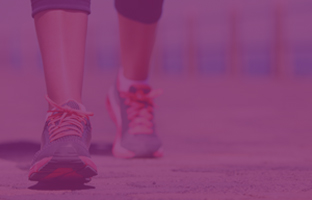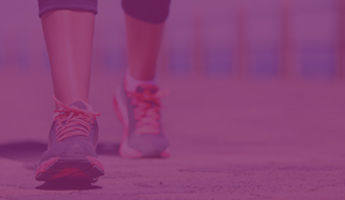What You Should Know About Light Bladder Leakage
Firstly, you are far from alone if you have this condition. Light bladder leakage is a common even amongst healthy fit women in their twenties and thirties.
However, most people are too embarrassed to admit to it!
It’s not a subject we find easy to share information about, as LBL is difficult to discuss. Fortunately, however, it is well understood by the medical professionals who provide effective treatments readily available to Australian women. And Poise has developed several excellent products such as Poise products to easily manage light bladder leakage until you’re able to get it under control.
The inside story about light bladder leakage
The key to understanding light bladder leakage and its triggers is learning what happens to liquid from the time you take a drink until it leaves your body. Here’s simple explanation of the process, along with some key facts you should know about how your body operates.
You know the feeling all too well: you have the sudden urge to go to the bathroom and need to find one fast. You probably aren’t thinking about what brought you to this point, but rather how soon you can make it to the toilet. While most people regard pit-stops as inconvenient, keep in mind that when you go to the toilet your body is doing what it needs to do to rid itself of waster products and maintain the correct balance of water and chemicals needed for healthy functioning.
Here’s how it works
When you have a drink, the first thing your body does is to absorb all of the vitamins, minerals and nutrients that the liquid contains. Your kidneys then convert any surplus liquid into a form of waste, which is filtered and turned into urine. The urine is moved into your bladder in small amounts every 10 to 15 seconds.
You can imagine your bladder as a hollow muscle that expands as it fills up. The muscle in your bladder stays relaxed to allow your bladder to fill. At the same time, muscles at the bladder’s base contract to keep the urine in. These muscles work together to allow storage as the bladder fills.
On average, your bladder can comfortably hold about two cups (just under half a litre) for anywhere from two to five hours. When the bladder is full, it sends a signal to your brain that it needs to be emptied. This happens usually four to eight times a day. When your brain receives this message, you can either respond by holding on for longer, or by going to the bathroom and releasing it.
In a typical day, most healthy adults pass about one and a half litres (six cups) of urine when you add up all their bathroom visits. When you go to the toilet, your brain recognizes that it ‘s time to empty the bladder. The muscles at the base of the bladder contract to push the urine out. When the urine has passed and the bladder is empty, the muscles switch back into storage mode, and the process starts all over again. This is called bladder control.
While going to the bathroom when you need to may sound straight forward enough, bladder experts estimate that as many as half of all women sometimes have trouble controlling their bladder until they make it to the toilet.
Not all liquids are equal The length of time from drinking to urinating can be about half an hour, but many factors can alter this timeframe. And it’s not just the quantity of liquid, but what you’re drinking and eating that can make a difference. Things like caffeine, nicotine, alcohol and even juices with high acid content (such as orange juice) can irritate your bladder and cause you to urinate more often. So these substances can play a big part in urine leakage.
What you can do about light bladder leakage Often a very simple lifestyle change or treatment can help to cure, improve or manage bladder control.
If you find yourself having to go to the toilet with increased frequency and/or are having trouble holding urine in, the experts recommend cutting back or even eliminating some of the irritants listed above. However this does not mean limiting or reducing water intake. Although you may think that not drinking water will help prevent leakage, it actually makes the problem worse by concentrating urine which can lead to bladder infections. Make sure to drink 1.5 litres or 6-8 glasses of water a day to ensure your kidneys are well flushed and your bladder is getting proper training.
If the problem persists, you may also want to talk to your doctor or nurse continence advisor about the easy and effective treatments and coping strategies that are readily available, including but not limited to pelvic floor exercises. You also should check out the Poise liners and pads range specifically designed for light bladder leakage.
This content is not intended to be a substitute for professional medical advice, diagnosis or treatment. Always seek advice from a qualified health care professional with any questions regarding your concerns.







